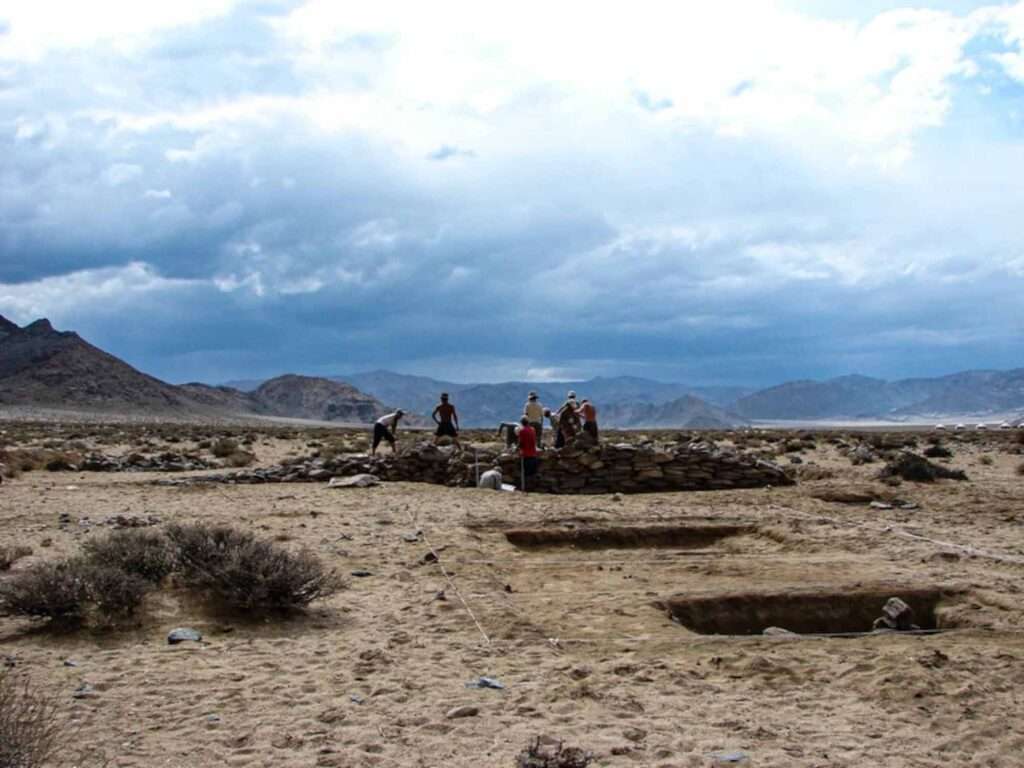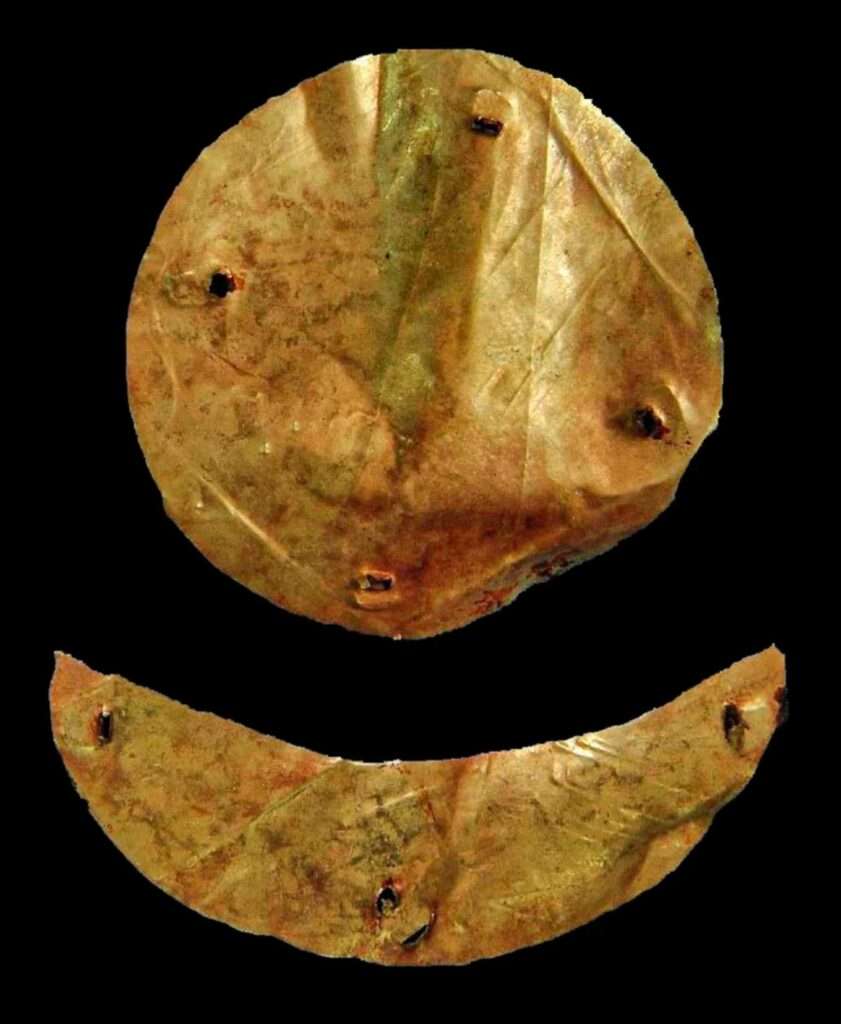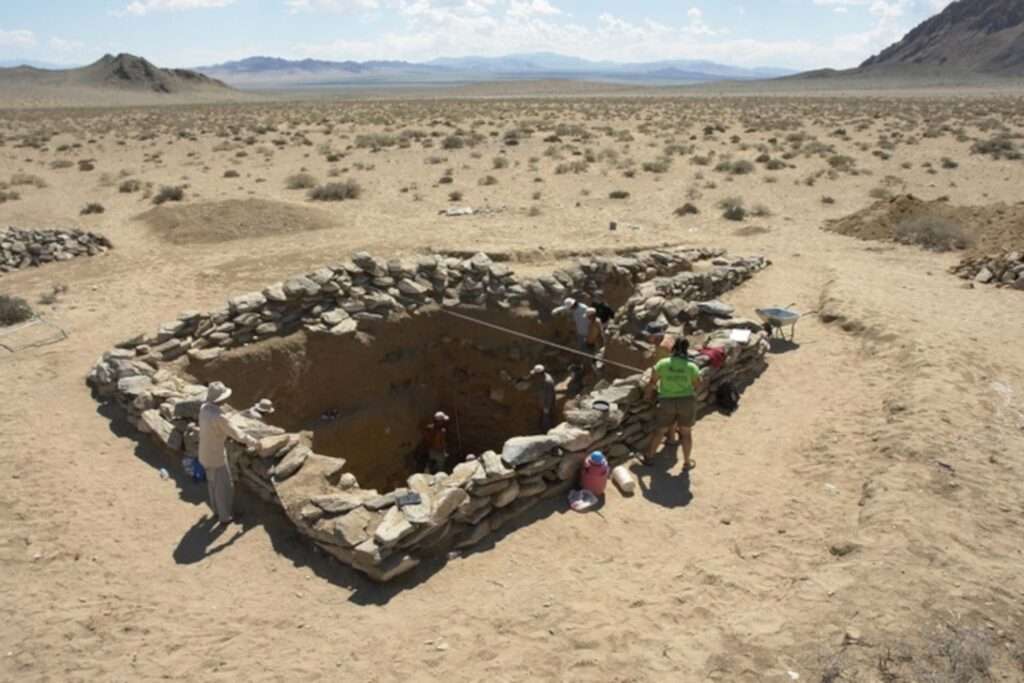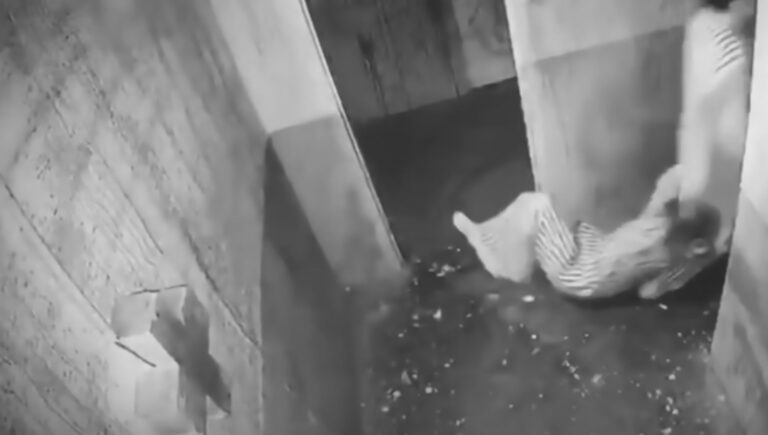A new study has revealed that women played key roles in the political and economic life of an ancient Mongol empire over 2,300 years ago.
The remarkable research shows that the Xiongnu Empire grew so large that it inspired the construction of parts of the Great Wall of China to protect Chinese lands from their invasions.
The study also revealed that Xiongnu women played prominent political roles in the expansion of the first-ever nomadic empire.
The empire, which dominated the Mongol steppes two millennia ago, from the 3rd

century BC to the 1st century AD, had at one point emerged as Imperial China’s greatest rival and even inspired the construction of parts of the Great Wall of China.
For the study, the international team of scientists, led by experts at Harvard University, USA, evaluated monumental tombs built for women at the elite cemetery of Takhiltyn Khotgor, Mankhan district, Khovd Province, Mongolia.
At the site, women were laid to rest in elaborate coffins with golden sun and moon emblems of the imperial power and one tomb even contained a team of six horses and a partial chariot, the team claimed.
Additionally, each prominent woman was reportedly surrounded by a host of commoner men buried in simple graves.
Another similar cemetery nearby – named Shombuuziin Belchir, Mongolian Altai – showed that women there also occupied the wealthiest and most elaborate graves.

The cemetery was embellished with goods such as wooden coffins and golden emblems, in addition to gilded objects, glass and faience beads, Chinese mirrors, a bronze cauldron, silk clothing, wooden carts, and more than a dozen livestock.
A Chinese lacquer cup, a gilded iron belt clasp, and horse tack – that symbolise great political power and were conventionally associated with male horse-mounted warriors – were also discovered.
Evaluations of child graves in turn showed that the social roles of hunters and warriors were not ascribed to boys until late childhood, as only adolescent boys were buried with a bow and arrows.
Associate Professor of Anthropology at Harvard University and senior author Christina Warinner said: “Children received differential mortuary treatment depending upon age and sex, giving clues to the ages at which gender and status were ascribed in Xiongnu society.”
The researchers also found that individuals within the two cemeteries exhibited extremely high genetic diversity, to a degree comparable with that found across the Xiongnu Empire as a whole.
Much of this diversity was stratified by status, with the lowest-status individuals exhibiting the highest genetic diversity and heterogeneity, originating even from beyond the empire.

In contrast, local and aristocratic elites exhibited lower overall genetic diversity and a maintained higher proportion of eastern Eurasian ancestries.
This suggests that specific genetic subsets of the broader Xiongnu population had higher status and power.
The first author of the study and PhD student at Seoul National University, Juhyeon Lee, said: “We knew that the Xiongnu had a high degree of genetic diversity, but due to a lack of community-scale genomic data it remained unclear whether this diversity emerged from a heterogeneous patchwork of locally homogenous communities or whether local communities were themselves genetically diverse.
“We wanted to know how such genetic diversity was structured at different social and political scales, as well as in relation to power, wealth, and gender.”
Associate Professor of Biological Sciences at Seoul National University and Senior author Choongwon Jeong said: “We now have a better idea of how the Xiongnu expanded their empire by incorporating disparate groups and leveraging marriage and kinship into empire building.”
Jamsranjav Bayarsaikhan, an archaeologist working on the project and specialising in Mongolian archaeology at the Max Planck Institute for Geoanthropology, said: “Our results confirm the long-standing nomadic tradition of elite princesses playing critical roles in the political and economic life of the empires, especially in periphery regions – a tradition that began with the Xiongnu and continued more than a thousand years later under the Mongol Empire.

“While history has at times dismissed nomadic empires as fragile and short, their strong traditions have never been broken.”
The study was published in the peer-reviewed multidisciplinary open-access scientific journal ‘Science Advances’ on Friday, 14th April.
To find out more about the author, editor or agency that supplied this story – please click below.
Story By: Georgina Jadikovska, Sub-Editor: Michael Leidig, Agency: Newsflash
The Ananova page is created by and dedicated to professional, independent freelance journalists. It is a place for us to showcase our work. When our news is sold to our media partners, we will include the link here.




